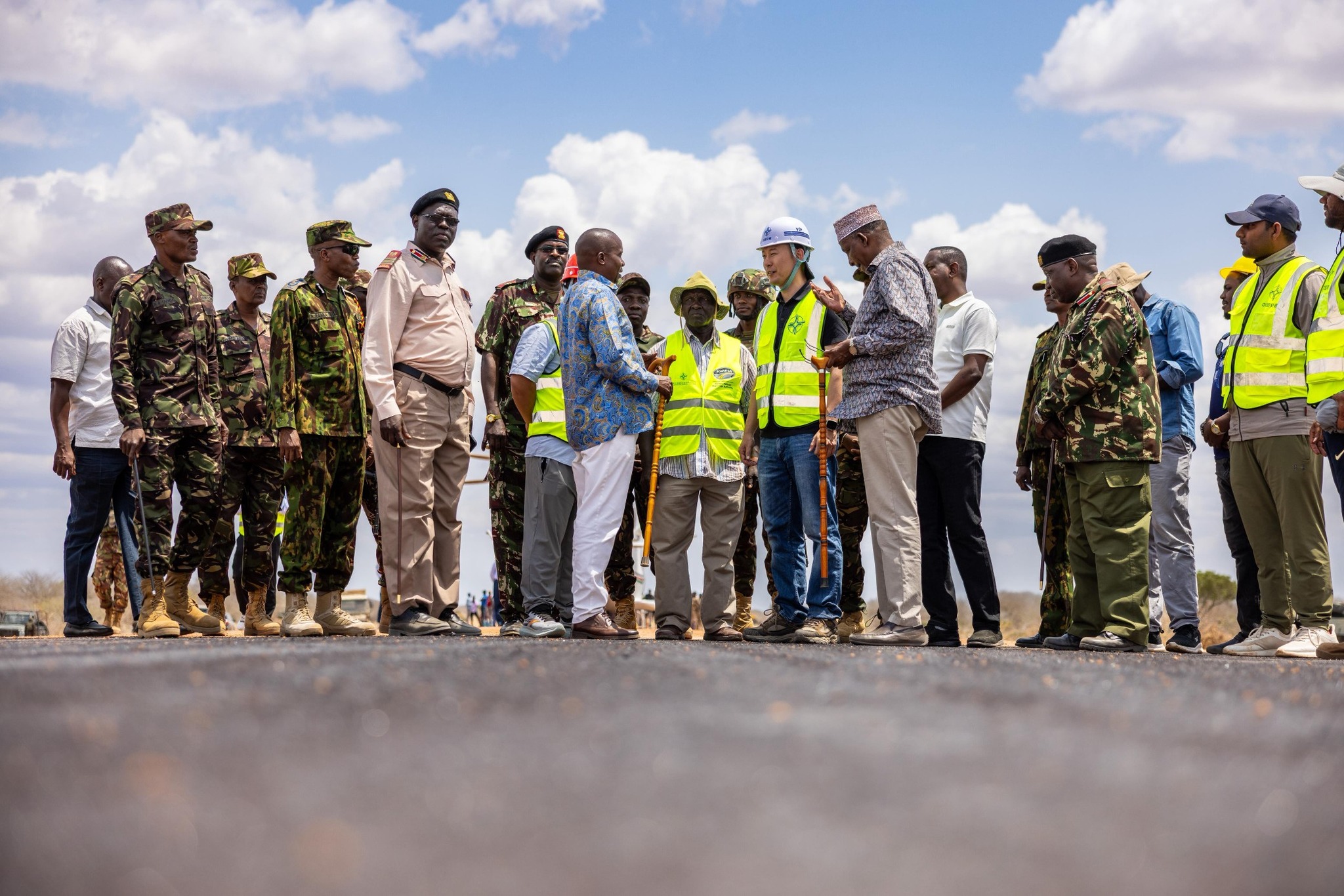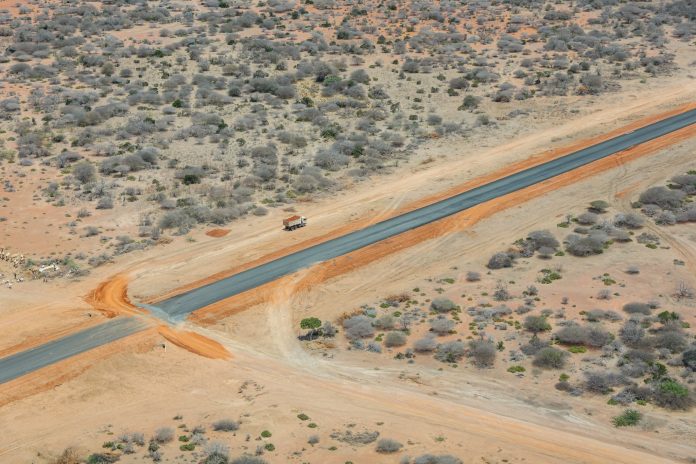In a reaffirmation of Kenya’s infrastructure ambitions, the government has advanced the construction of the first 410 km section of the Lamu-Masalani-Ijara-Garissa-Isiolo leg of the LAPSSET (Lamu Port-South Sudan-Ethiopia Transport) corridor. As of October 6th 2025, approximately 88 km of this stretch have been completed, 17 km had been recorded by February and a further 71 km added in the past seven months. The project is budgeted at KSh 28 billion and is viewed as a cornerstone of Kenya’s Vision 2030 infrastructure plan.
The LAPSSET corridor has long been framed as a strategic regional development artery, linking Kenya to South Sudan and Ethiopia, opening new trade routes, and triggering economic growth across underserved counties. However, beyond the headline ambitions, the pace of progress and how infrastructure is delivered carry deep implications for sustainability, inclusion, and climate resilience.
President William Ruto’s inspection earlier this year flagged early works, and since then the additional 71 km push signals both technical momentum and political commitment. Deputy President Kithure Kindiki, during a recent site visit, urged the contractor to stick to milestone targets, emphasizing that delays in land acquisition, funding disbursements, or community engagement could derail the project’s broader goals.

Read also: EU’s carbon border tax reforms set to redraw Africa–Europe trade dynamics ahead of 2026 rollout
The construction of a 410 km road through semi-arid regions of Kenya presents engineering, ecological, and social challenges. Road cuts and embankments can disrupt drainage, exacerbate erosion, and fragment wildlife corridors, especially when passing through fragile ecosystems in Ijara and Garissa. Mitigation measures, such as wildlife underpasses, erosion control, and community land-use planning, will be critical if the costs of infrastructure are not to be paid in environmental damage.
Kenya is no stranger to balancing development and ecosystems. Previous corridor projects such as the Northern Corridor (Mombasa-Nairobi-Uganda) have witnessed trade-offs between connectivity and habitat loss. In LAPSSET’s case, projected economic dividends include reduced transport times, increased trade volumes, and regional integration. But for that to materialize equitably, local populations must gain access to employment opportunities, enhanced access to goods and services, and improved local roads feeding into the corridor. If the corridor becomes merely a through-pass for heavy truck traffic, marginal regions may see dust, pollution, and land takeover without commensurate benefit.
At a regional scale, LAPSSET’s success, or failure, will send signals across East Africa about how major infrastructure is carried out. Ethiopia, for example, has massive infrastructure needs for its landlocked interior; corridor connectivity to ports is a high strategic priority. South Sudan, likewise, stands to gain access to global markets. If Kenya can deliver this stretch efficiently and responsibly, the corridor could attract follow-on investment in rail, energy, and logistics systems.
Nonetheless, the financial and institutional risks remain substantial. KSh 28 billion (roughly US$200–220 million) is a significant commitment, but cost overruns, currency volatility, and procurement delays are endemic challenges across African infrastructure. Ensuring that contractors adhere to quality standards, timelines, and transparent reporting will matter more than headline mileage figures. The government’s messaging so far emphasizes progress; the test will come when the corridor must link up with feeder networks, ports, and cross-border nodes.
For communities living along the proposed road alignment, the impacts are deeply tangible. Land acquisition, displacement, compensation, dust pollution, and disruption to pastoral routes all require careful negotiation. Local trust will hinge on how early and fairly communities are engaged. Training local workers, sourcing contractors locally, and establishing mechanisms for grievance resolution will be among the deciding factors in whether the corridor is welcomed or resisted.
If the 71 km added over seven months demonstrates anything, it is that delivery momentum is possible in challenging environments. But momentum without accountability can be fragile. As Kenya pushes to meet the Vision 2030 horizon, LAPSSET is not merely a marker of ambition; it is a proving ground for sustainable infrastructure. How this corridor is built, and for whom, will shape whether it becomes a conduit of shared prosperity or a line drawn across landscapes that pays only for outsiders.
Read also: AI takes center stage at AEW 2025 as experts warn Africa’s energy future hinges on digital readiness






